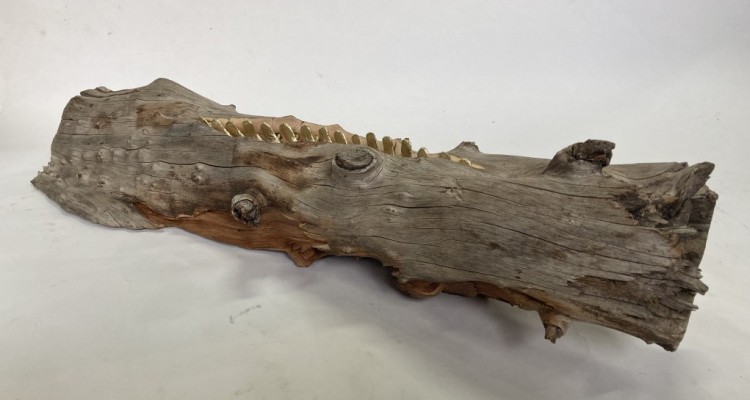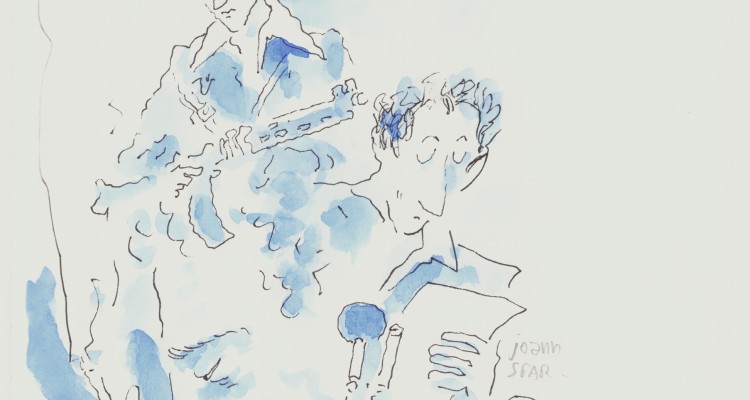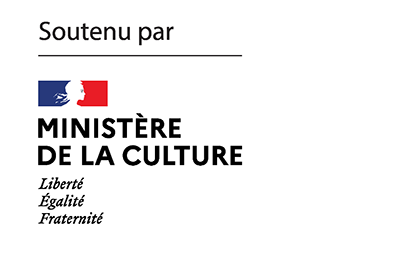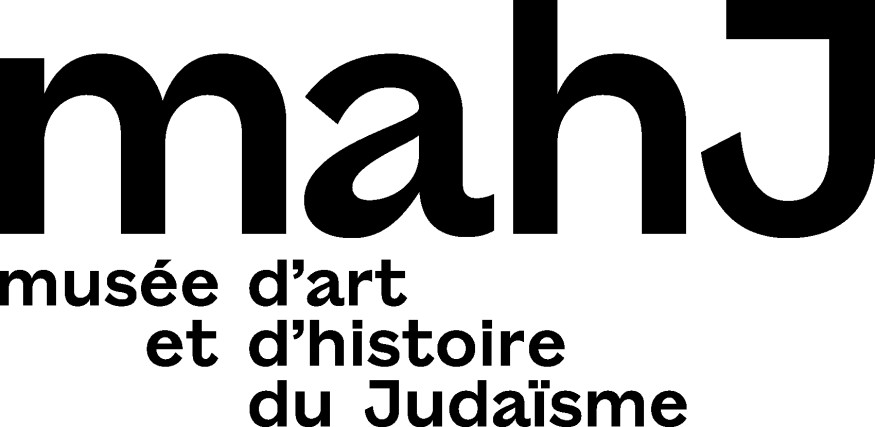Revenge
From March 18 to October 3, the Jewish Museum in Frankfurt is presenting the exhibition “Revenge: History and Fantasy” (“Rache, Geschichte und Fantasie”). The spectrum of this exhibition is wide: from biblical stories to popular fiction films; from Judith and Holofernes to Quentin Tarantino, the director of Inglorious Basterds; from the anti-Semitic motif that makes Jews inherently vengeful to the historical episodes in which Jews wanted to respond with vengeance to the violence of which they were victims. Elie Petit met with the director of the museum, Mirjam Wenzel, and the curator of the exhibition, Erik Riedel, to ask them about the objectives and challenges of such an exhibition.
Last year, I was invited to speak with a class of pupils in a Parisian high school. They had studied La plus précieuse des marchandises [The most precious of all goods] (Seuil, 2019), this magnificent text by Jean-Claude Grumberg. As for me, I came afterwards to speak to them about my generation, the one born after the war of orphaned parents, around my two books Tout le monde n’a pas la chance d’être orphelin [Not everyone is lucky enough to be an orphan] (Verticales, 2002) and C’est maintenant du passé [It’s all in the past now] (Verticales, 2009).
“Avenge us”. To the supplication that arose from the murdered Jews and appeared everywhere after the war – on the walls of ruined synagogues or on small pieces of paper left by those who made it their last wish before perishing – Abba Kovner, poet and fighter, wanted to respond. He sought to extend the partisan struggle against the Nazi state with a large-scale revenge action. He made plans that either failed or were not carried out. The legacy of Abba Kovner is that of a dead end, according to Danny Trom: the dead end of a revenge thought to be necessary and unattainable.
Join us
With the support of:
Thanks to the Paris office of the Heinrich Böll Foundation for their cooperation in the design of the magazine’s website.









